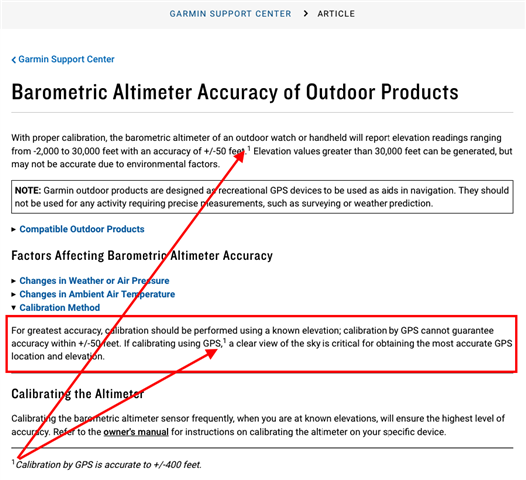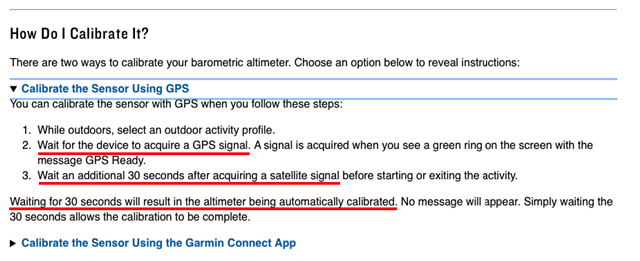Hello,
Have a serious issue with Calibration the Barometer with GPS it's altitude is fluctuating and it's not ok...proof here:
Barometer(not stable..it has big deviation more then 70m) I did test the barometer in the service menu all ok...maybe it;s software 5.33 with bugs
Do you have the same issues with Venu 2 barometer ?





